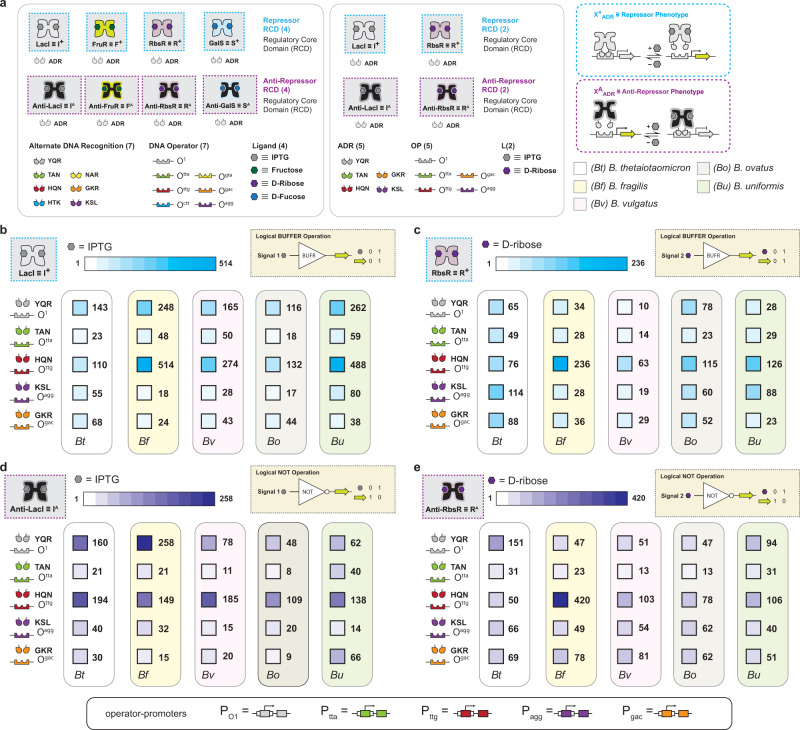Fig. 1. Regulatory performance of transcription factors in Bacteroides species.
a The initial set of transcription factors (TFs) tested in B. thetaiotaomicron (left box). The four signal-distinct regulatory core domains (RCDs) are shown with their repressor and anti-repressor cartoons. The cognate ligand for each RCD is shown as a colored hexagon. Each RCD can be paired with one of seven DNA-binding domains (DBDs) that each recognize and bind to a unique cognate DNA operator. Each DBD is abbreviated with a three-letter code where the three letters correspond to the residues located at positions 17, 18, and 22 of the LacI DBD. Cognate DBD-operator interactions are shown as the same color. The reduced set of functional TFs in B. thetaiotaomicron is shown in the middle box. The repressor and anti-repressor phenotypes are illustrated in the right boxes. b Dynamic range of LacI (I+) TFs with alternate DNA recognition (ADR) when paired with cognate operators. Regulated promoters are illustrated at the bottom of the figure. Each box corresponds to the inducible promoter shown in the left columns when deployed in the Bacteroides species labeled below (B. thetaiotaomicron (Bt), B. fragilis (Bf), B. vulgatus (Bv), B. ovatus (Bo), B. uniformis (Bu)). The dynamic range of each promoter is presented next to its corresponding box which is shaded according to the legends at the top of each panel. Strains harboring inducible promoters were grown in the absence and presence of 10 mM inducer and assayed for luciferase activity (Methods). Dynamic range is presented as the high output state divided by the low output state. c Dynamic range of RbsR (R+) transcription factors when paired with cognate operators. d Dynamic range of anti-LacI (IA) transcription factors when paired with cognate operators. e Dynamic range of anti-RbsR (RA) transcription factors when paired with cognate operators. See Supplementary Figs. 1, 2 for extended data. Source data are provided as a Source Data file. Data represent the average of n = 6 biological replicates.

